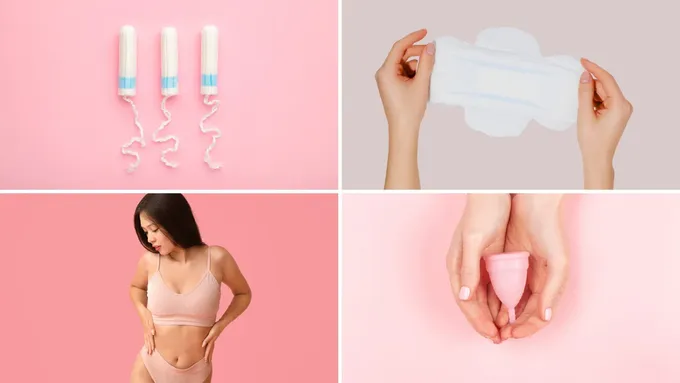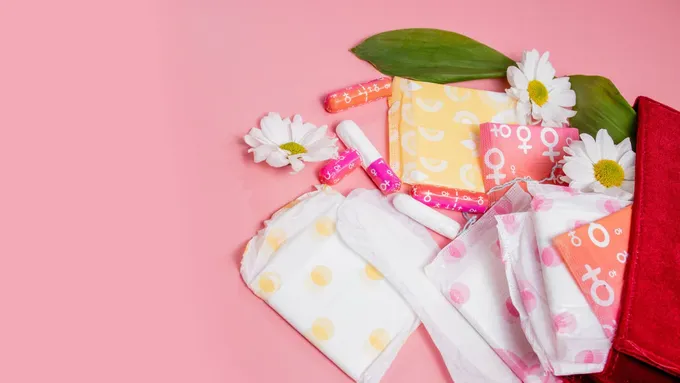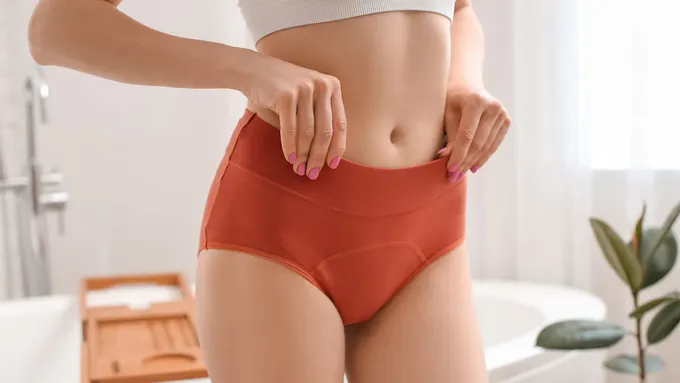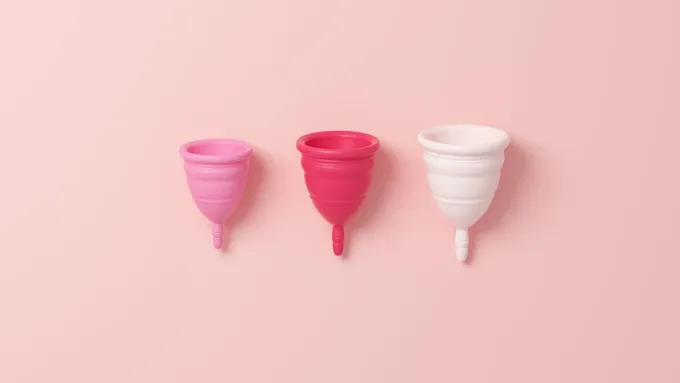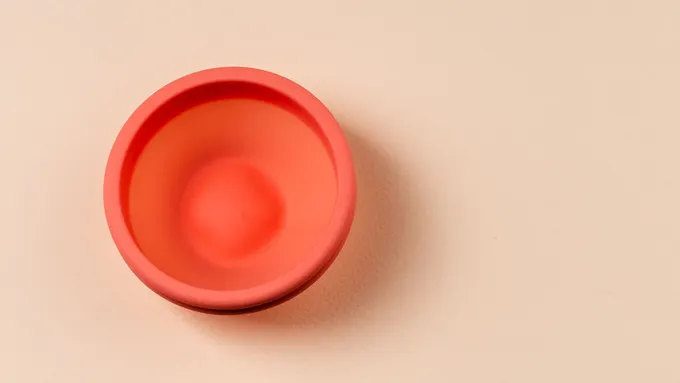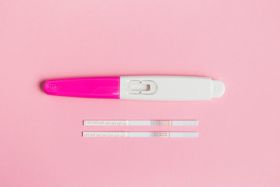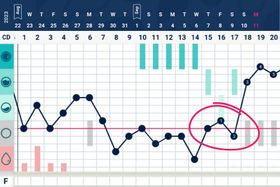The Ultimate Guide to Period Care Options
Updated March 12, 2025
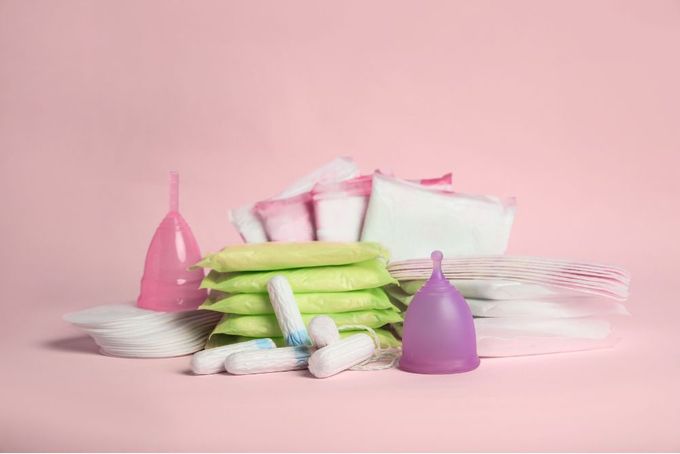
Historically, this is a great time to have a period! While most of our parents and grandparents were stuck choosing between Maxi pads and tampons, we now have so many options available! So how do we decide? When you’re choosing a period care product, there are so many things to consider. Will it be comfortable? Is it reliable? How much does it cost? Do I need to take care of this item or throw it away? What about safety? Environmental impacts? Luckily for you, the answers to all of those questions are answered in this blog post.
Pads
Pads (sometimes called sanitary napkins or towels) are a layer of absorbent material worn inside your underwear. They come in different sizes, shapes, and absorbancies. While they are great for sitting and lying down, sometimes they can rub, chafe, and bunch up with movement. And they aren’t meant to be worn in water, which can limit your activities.
Most people use disposable pads. They’re easy to find and one of the least expensive purchases for period care. Disposable pads don’t require very much contact with your vulva or blood, and they are very convenient because you just throw them away (which does create a negative impact on our environment).
They’re also pretty inexpensive at about 14-45 cents each depending on quality and brand. However, when we consider that most people will use about 13,500 in a lifetime, that number is an astonishing $1,890- 6,075!
In recent years, organic pads have become more popular. Organic pads are probably safer since they are grown with different pesticides than conventional cotton crops. But I should point out that in 2013, a study sponsored by Women’s Voices for the Earth found dioxin, a known carcinogen that accumulates in body fat over time with repeated use, was detected in most tampons- even those made of 100% cotton. It stands to reason that dioxins might also be found in pads. The FDA thinks the level is low enough not to pose a problem. But since the mucosal membranes of the vagina and vulva are sensitive and absorptive, and we use these products roughly 13,500 times in our lives, it is worth considering these risks.
If disposables aren’t your thing, you should look into reusable cloth pads. These pads are typically made from flannel and cotton and can be reused for years. They are more expensive (about $8 each, but can be used for up to 5 years- so I estimate that they cost about 3 cents per wear). They do require some care. Most people put them in a wet bag or a bucket of water to soak, and then just throw them in with their regular wash. It’s generally agreed that cloth pads have a negligible effect on the environment because there is significantly less waste involved.
Tampons
Second, in popularity are tampons. Tampons are small, absorbent cylinders of cotton and/or rayon that are worn inside the vagina. They come in different sizes and absorbancies and are sold with and without applicators. They are convenient because they are “use and toss.” Tampons can be worn for up to 8 hours at a time and can be worn in water. They are much less noticeable compared to pads.
Tampons are easily accessible and very inexpensive in up-front costs (ranging from 30-39 cents each depending on the quality of materials- which is $2,700- 5,265 over a lifetime).
Since tampons work by absorbing moisture, they also absorb vaginal fluid. This can cause a disruption of pH and vaginal flora. There are also some risks of infection with any internal product. The risk with tampons is slightly higher than other internal products due to microabrasions in the vagina. These risks- specifically Toxic Shock Syndrome- appear to be higher with tampon use than other internal products- possibly because of how popular tampons are.
Few options exist for reusable tampons. One choice is a sea sponge tampon. Sea sponges are popular because they are environmentally sustainable, synthetic chemical and fiber-free, and are size-customizable. They can be worn in water and during intercourse. Sponges can be reused for 3-6 months but may tear sooner. They do need to be washed and disinfected regularly. Sea sponge tampons have a learning curve, and removal can be messy. If you choose this option, you’ll need to get comfortable touching your vulva and blood. It’s also important to note that sea sponge tampons are not currently FDA approved, and are often sold as “reusable sea sponges for women.” They cost about 52 cents per wear or $7,020 over a lifetime.
Period Underwear
These reusable, absorbent underwear can last up to two years or more! Period underwear are usually two layers of cloth but is not bulky and can feel like bathing suit material. Period underwear come in different styles and absorbancies. They can be worn alone or as a backup for another product.
Since they are reusable, they do require some care. Most people just give them a rinse and toss in the wash. Hang drying is recommended for maximum longevity. Period underwear cost between $20-40. Period underwear cost about 16-33 cents per wear or 2,160-4,450 over a lifetime. Since they are worn many times, the impact on the environment is minimal. Period underwear are gaining in popularity, especially among youth.
Menstrual cups
A menstrual cup is a reusable tampon alternative worn inside the vagina that collects blood instead of absorbing it. They are usually made from medical-grade silicone but some are made of rubber. People who use cups should be comfortable touching their blood and vulva. They come in a variety of sizes and shapes. It’s easier to choose a cup if you are familiar with your anatomy. Check out the quiz at putacupinit.com for more details about how to select one.
Even though there is a learning curve for using a cup, one great thing about them is how comfortable they are. Since silicon is not absorbent, natural vaginal moisture remains present. Menstrual cups are reusable for up to 10 years, depending on the manufacturer. That’s a great benefit to the environment. They are costly up-front, but like most reusable options, they are very cost-effective over time. Most cups cost around $30-40. That’s only 2-3 cents per wear! Menstrual cups can also be worn safely for up to 12 hours and underwater. Maintenance is relatively easy- just give it a rinse after each use, and once per cycle, boil or wash with the solution recommended by the manufacturer.
Menstrual discs
A disc is very similar to a cup. The main difference lies in placement. While a cup sits in the vaginal canal, the disc sits much higher, around the cervix. Discs are very popular because they can be worn for up to 12 hours, underwater, and even during intercourse. Unlike a cup, these are one size fits all.
You can choose between a single-use disposable or a reusable disc. Reusable discs are made of medical-grade silicone and are more of an initial investment -around $35. That means they cost around 3 cents per wear. Disposable discs are non-toxic and made from hypoallergenic, latex-free materials. They also require less initial spending. They cost about $1.60 each.
You deserve products that are comfortable, reliable, and safe. So many of us have had negative experiences with our periods. It doesn’t have to be that way. If you aren’t comfortable during your period, if you are self-conscious and limit your activities, it’s definitely worth trying something new. Often, people report fewer cramps, rashes, and infections when they find a product that works well for their body.
